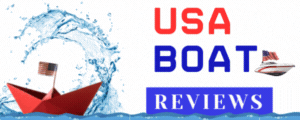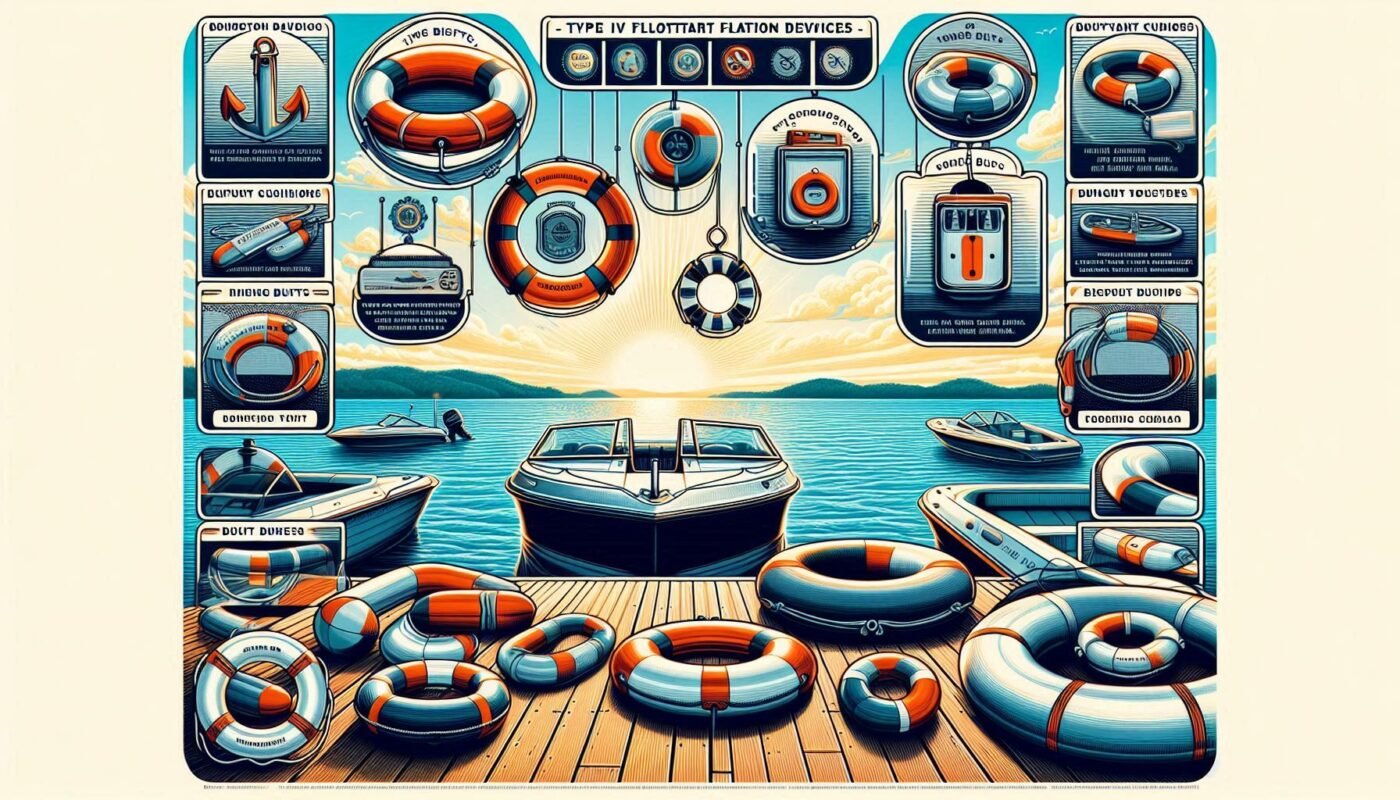Type IV Flotation Devices Explained: Essential Boating Safety Gear
If you’re new to boating or brushing up on water safety gear, you’ve probably heard of life jackets or life vests. But what about something called a Type IV flotation device? It might not be something you wear, but it’s just as essential when you’re out on the water.
In this blog, we’ll break down what a Type IV flotation device is, how it works, and why every boat should have one onboard. Whether you’re a seasoned sailor or a weekend lake cruiser, understanding your safety gear saves lives—and could even be required by law.
What Is a Type IV Flotation Device?
Let’s start with the basics. A Type IV flotation device is a U.S. Coast Guard-approved personal flotation device (PFD), but unlike life jackets, it’s designed to be thrown—not worn.
That means it’s a safety item you toss to someone who has fallen overboard. Think of it as a backup plan to help someone stay afloat while they wait for rescue.
Common Types of Type IV Devices
You’ve probably seen these before without even realizing it. The most common types of Type IV PFDs include:
- Ring buoys – Circular flotation rings often seen on docks or larger boats.
- Horseshoe buoys – Shaped like a horseshoe and often mounted on sailboats.
- Seat cushions – Square flotation cushions that double as throwable PFDs. Some even have handles for easy grip.
Each of these has the same goal: keep someone afloat long enough to help pull them back into the boat or to shore.
Why Are Type IV Devices So Important?
Accidents can happen in a heartbeat. A slip, a sudden wave, or a misstep can easily lead to someone falling overboard—especially if they’re not wearing a life jacket.
That’s where a Type IV flotation device comes in. It’s made to be thrown to someone in distress. It buys time. It offers support. And most importantly, it saves lives.
Think of it like a lifeline
Imagine being in a moving car and someone gets injured. That first aid kit you’re keeping in the glovebox? You reach for it, right? On a boat, the Type IV device is that first aid kit—but for someone who’s overboard.
Who Needs to Carry a Type IV Device?
Here’s the thing: you may not have a choice. U.S. Coast Guard regulations require most recreational boats that are 16 feet or longer to carry at least one Type IV throwable PFD.
Even if your boat is smaller and it’s technically optional, having a Type IV device onboard is still a smart move. And honestly, why wouldn’t you want every tool possible to keep you and your passengers safe?
How to Use a Type IV Flotation Device
Using a Type IV device is pretty straightforward—but there are a few things to keep in mind to make sure it does its job effectively.
Step 1: Spot the person overboard.
Step 2: Grab the Type IV device and throw it toward them—preferably past or just short so they can reach it.
Step 3: If the device has a rope attached (which many ring buoys do), pull the rope gently to bring the person closer.
Some boaters make the mistake of throwing the device right at someone, but this could actually hurt them—especially if they’re already panicking. Aim to get it near them without hitting them directly.
Storing Your Type IV Device
Here’s a pro tip: don’t stash it under a seat or in a locker. That defeats the purpose.
Your Type IV flotation device should always be:
- Immediately accessible – You need to grab it fast in emergencies.
- Easy to reach – Mount or store it where it’s visible and not buried under gear.
- Weather-ready – Exposure to sun and salt can degrade materials, so inspect it regularly for wear and tear.
A quick check before every trip can mean the difference between a life saved and a major tragedy.
Helpful Tips for Choosing the Right Type IV Device
With so many options out there, how do you pick the best one? Here are a few things to look for:
- U.S. Coast Guard Approval – Always check the label for official certification.
- Durability – Choose a product made from weather-resistant material that can handle exposure to water and sun.
- Comfort Features – Devices with web handles make it easier for a person in the water to hold on.
- Bright Colors – High-visibility orange or red makes spotting someone easier, especially in rough waters.
Type IV vs Wearable PFDs: What’s the Difference?
This is a common question, and it’s an important one.
Wearable PFDs (like Type I, II, or III life jackets) are designed to be worn at all times to keep you floating if you fall overboard.
Type IV PFDs are meant to be thrown to someone after they’ve fallen into the water.
They’re not meant to replace each other—they work best together. For the safest boating experience, you should always wear a life jacket and also have a throwable flotation device available.
Real-Life Example: A Close Call
Let me share a quick story. A friend of mine was boating on a sunny day with her family. Her teenage son got too close to the edge, slipped, and fell into the lake. Thankfully, they had a ring buoy mounted on the rail. She threw it within seconds, and he held on until they could help him climb back onto the boat.
No panic, no rescue call—just smart boating and the right safety gear.
It’s moments like these that make you realize: having the proper flotation devices isn’t just following the rules—it’s being prepared for reality.
Final Takeaway: Stay Safe and Be Smart
When it comes to boating safety, every second matters. A Type IV flotation device may seem simple, but it can quickly turn into the most important tool on your boat during an emergency.
To recap, always remember:
- You throw it, not wear it.
- It’s required on boats 16 feet or longer.
- Store it where you can grab it fast.
- Inspect it regularly for damage.
So before your next trip on the water, check your gear. Make sure your Type IV flotation device is in good shape, easy to reach, and ready to be a lifesaver—literally.
And don’t forget: the best boating trip is the one where everyone comes back safe and smiling.
Stay safe, boat smart, and always be prepared!







